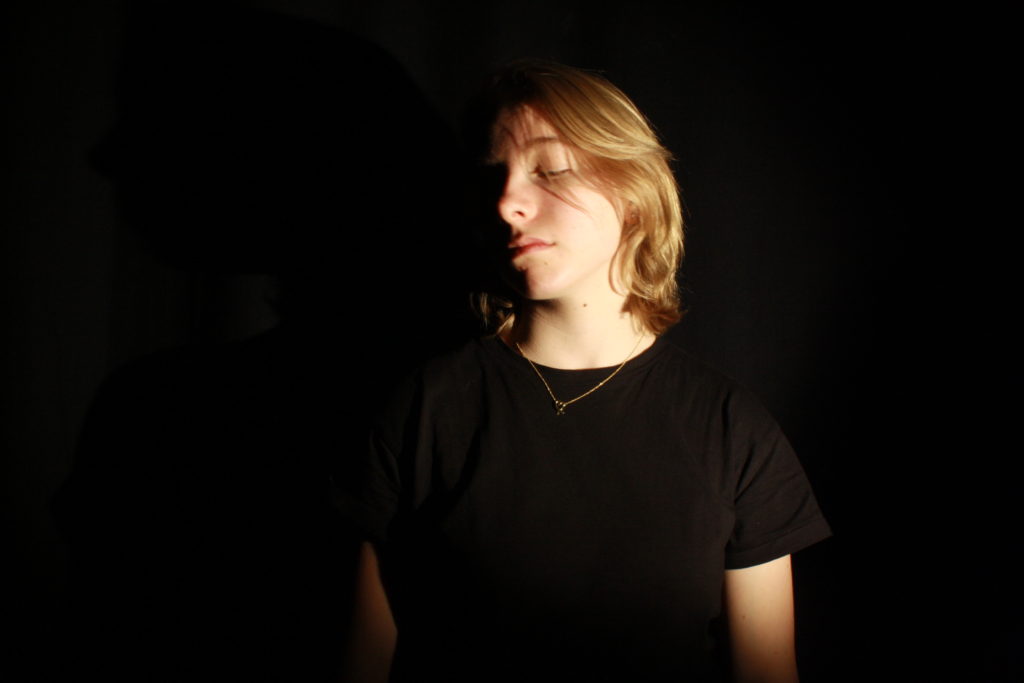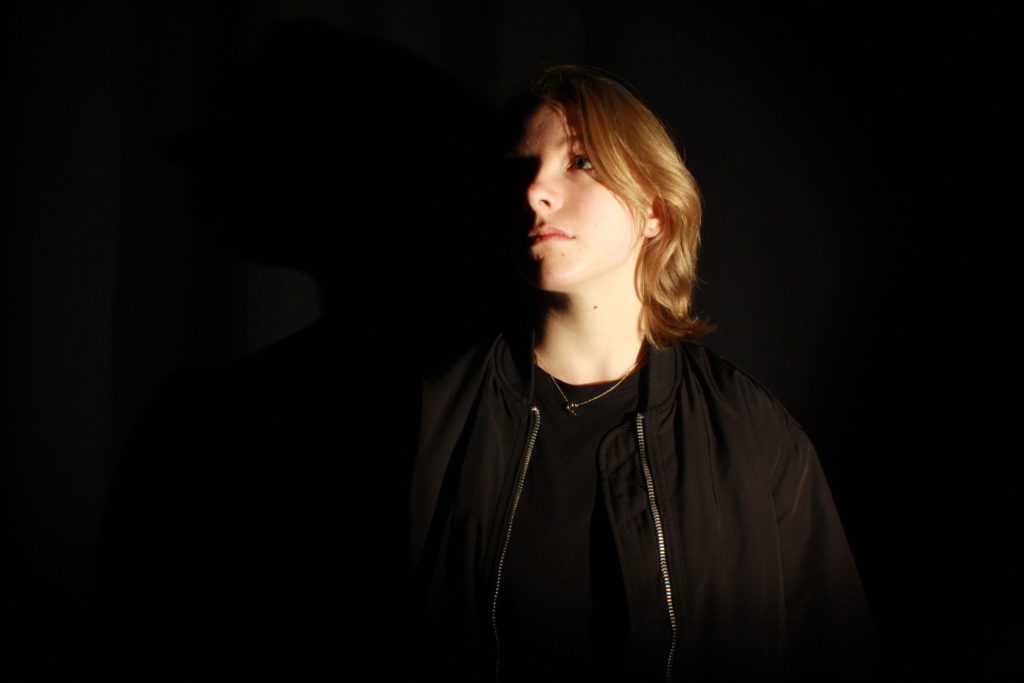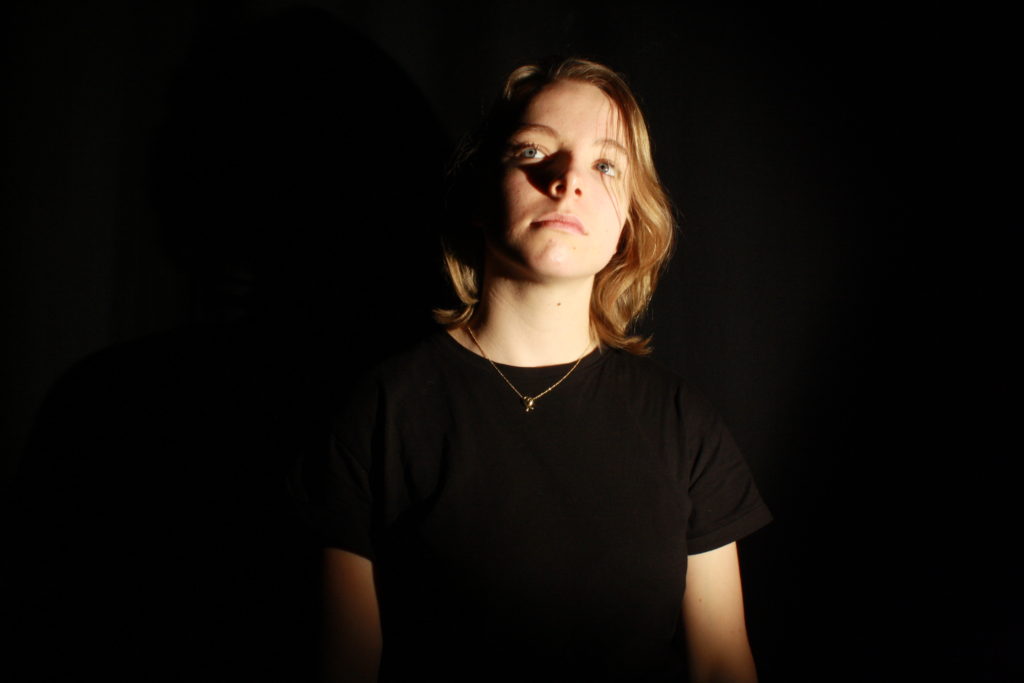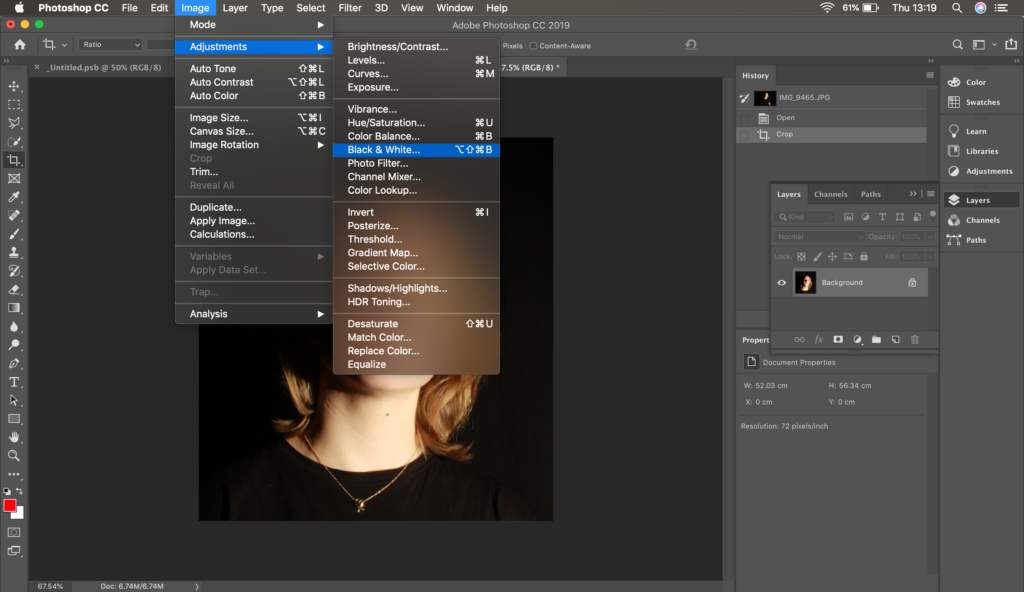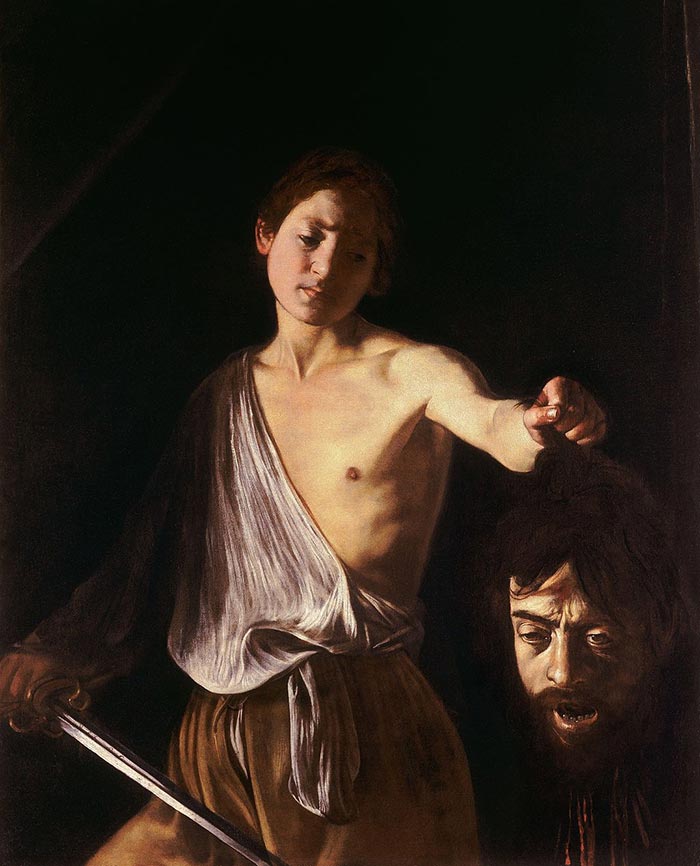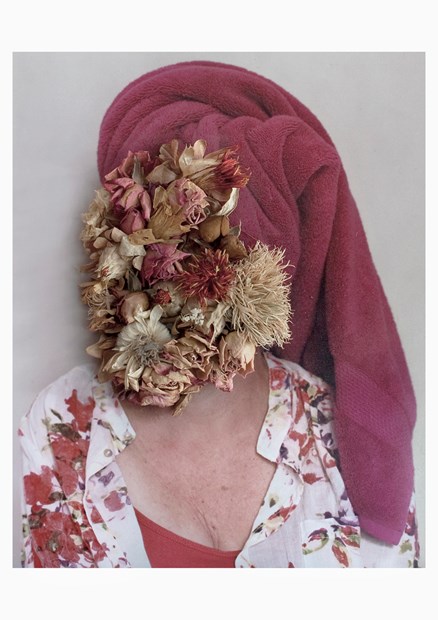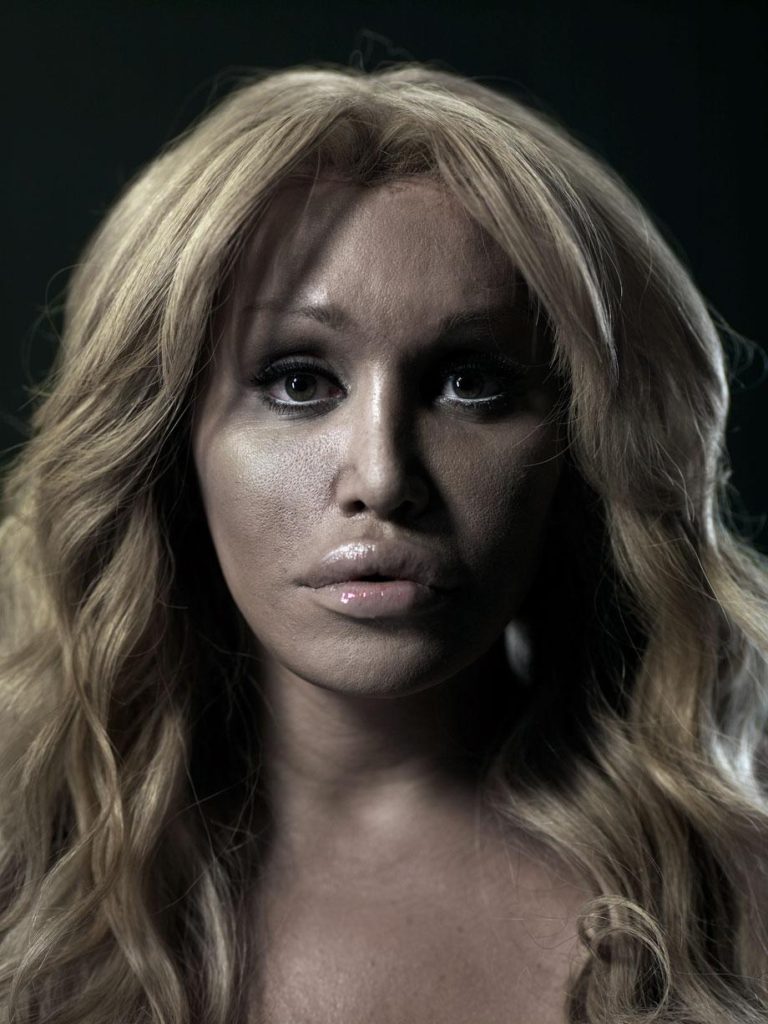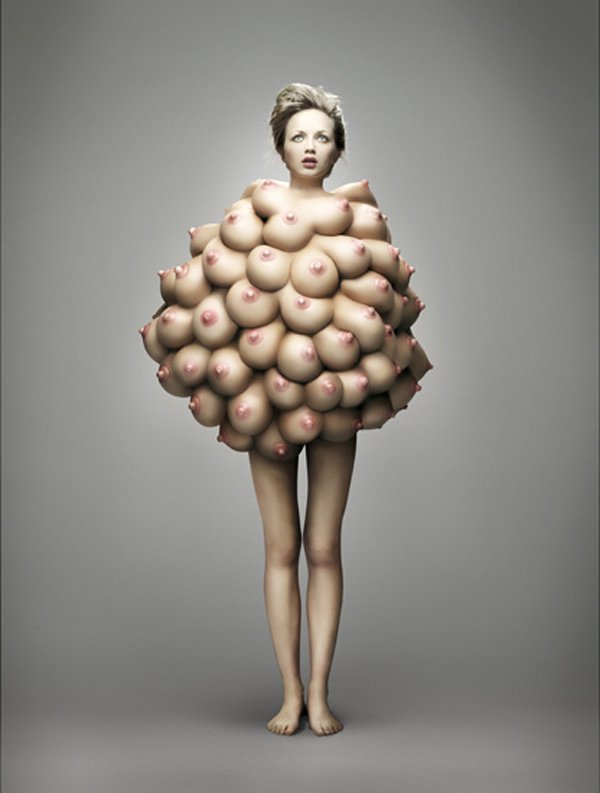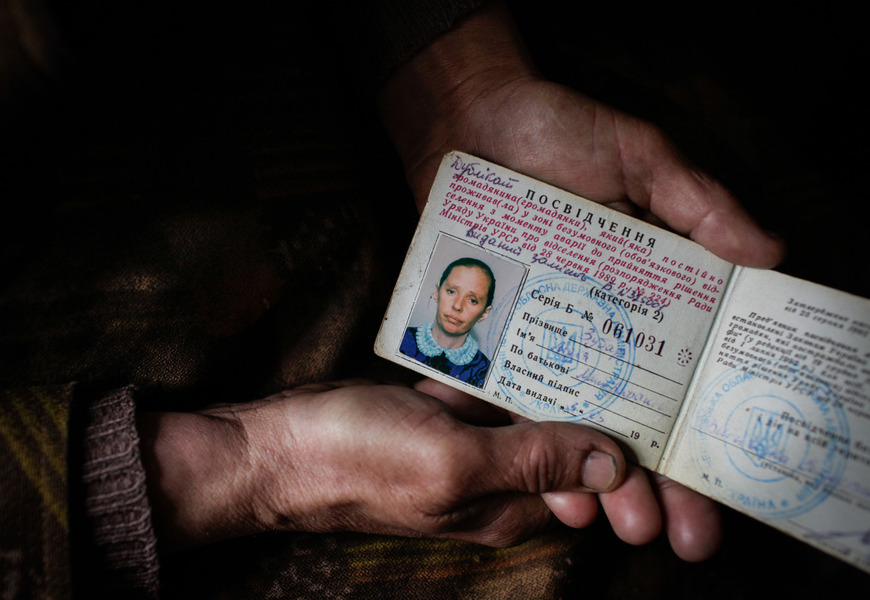In this photoshoot I took the photos in the studio using one point lighting to get the brightness and exposure that I wanted in the images below as the light exposes part of the face rather than all of it whilst leaving a dark background with hardly any light hitting the backdrop. The model I used was asked to move and tilt their head at different angles to get different outcomes that were similar to the some of models facial in other chiaroscuro photographers work, such as Clair Obscur. I wanted to use another spotlight for a different part of my shoot in order to experiment with the one point, two point and three point lighting but unfortunately only one light was working during this photoshoot. I have chosen not use some of my photographs as the model was not always pulling the right facial expressions or didn’t have their head tilted at a good angle. I have also chosen to crop some parts of the images to make them more symmetrical. My best images were the ones where the model was pulling the correct facial expression and had their head titled at the right position as well as the photos being in focus. Overall I think I prefer the majority of the photos with the black background over the photographs where you could see the backdrop more clearly.
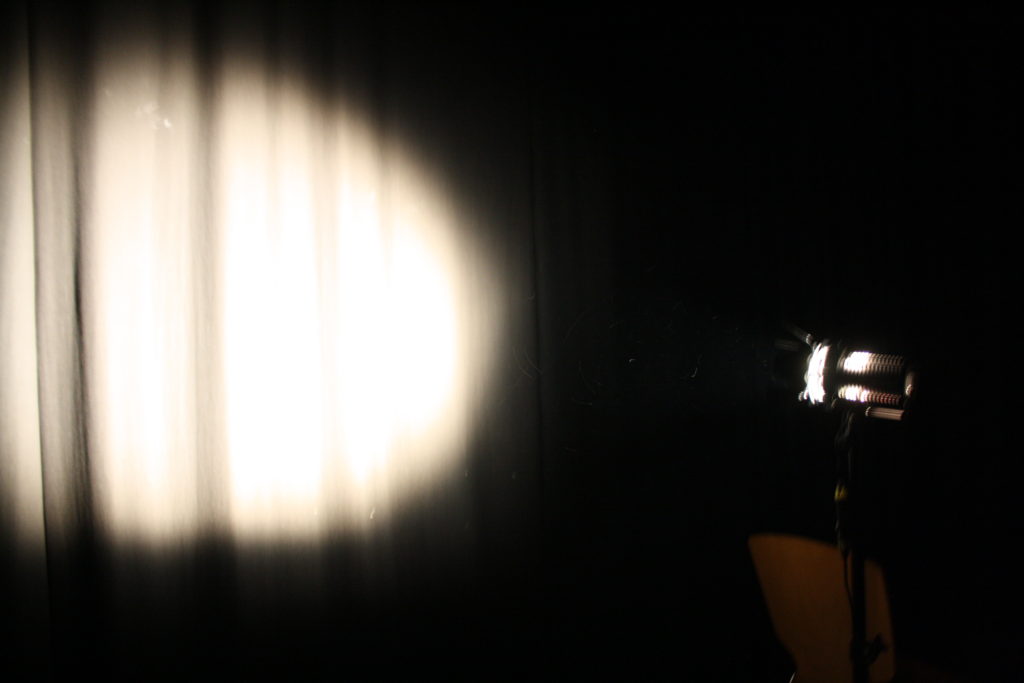
This is how I set up the one point lighting in the studio in order to get the outcome I wanted.
Contact Sheet
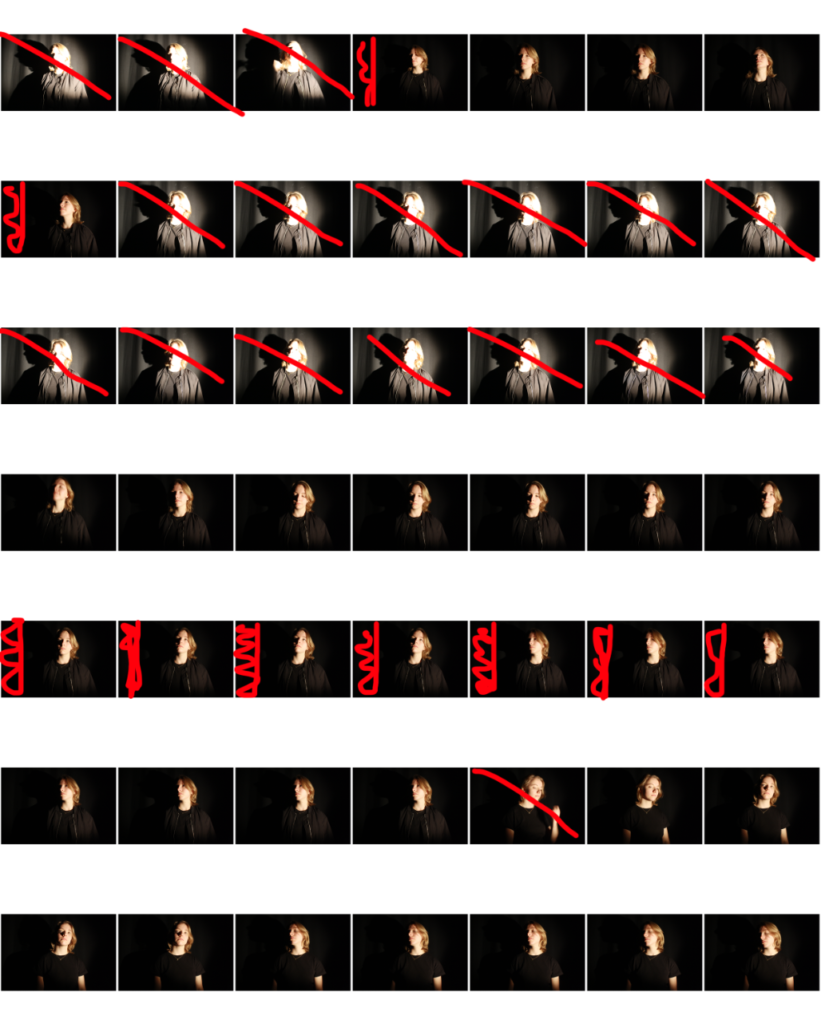
My Best Photos
I have specifically chosen these photographs as my best images because they had the best lighting on the model’s face and in the background/the model had the best facial expressions. These images were also the most in focus due to the camera being on a tripod keeping the camera steady.
Editing My Best Image
I have edited one of my best images from this photoshoot to look more like Clair Obscur’s work. I have made the photo black and white and I have intensified this by lowering the red and yellow tones do allow more contrast to be seen. This image was one of the most successful as it was the most in focus and you can see minute details such as the freckles on the models face, similarly to some of Clair Obscur’s models.
Final Outcome:



